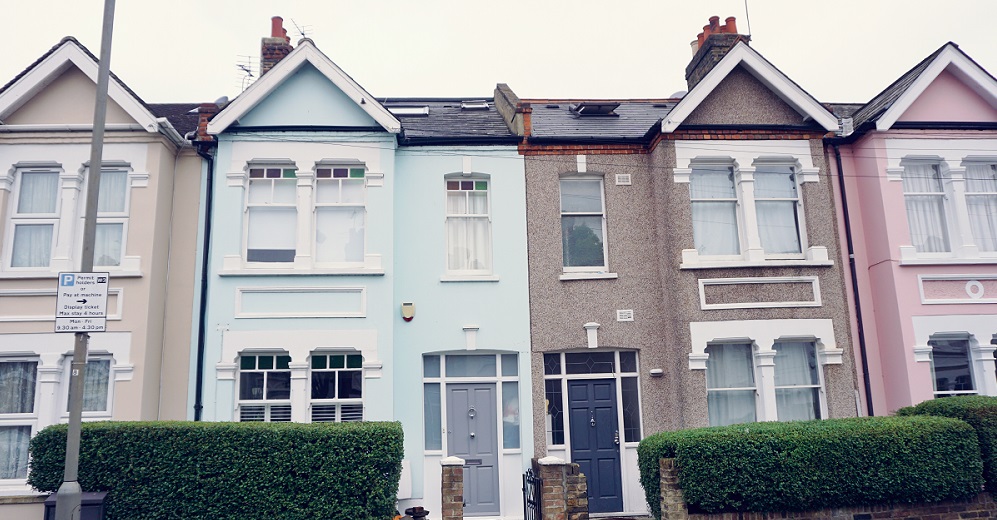With the base rate rising and lenders changing interest rates regularly, a popular question we get asked is: “If the base rate hasn’t moved, why has the interest rate available from lenders gone up?” or “The base rate went up, but lenders haven’t changed their rates. Why is this?”
Many factors play into making an interest rate. Often lenders will tweak their rates to ensure they are not market-leading, as they wouldn’t be able to cope with the volume of applications, but other economic factors can play into it too. With the majority of mortgage products being fixed rates, lenders look to swap rates to assist them in their pricing.








